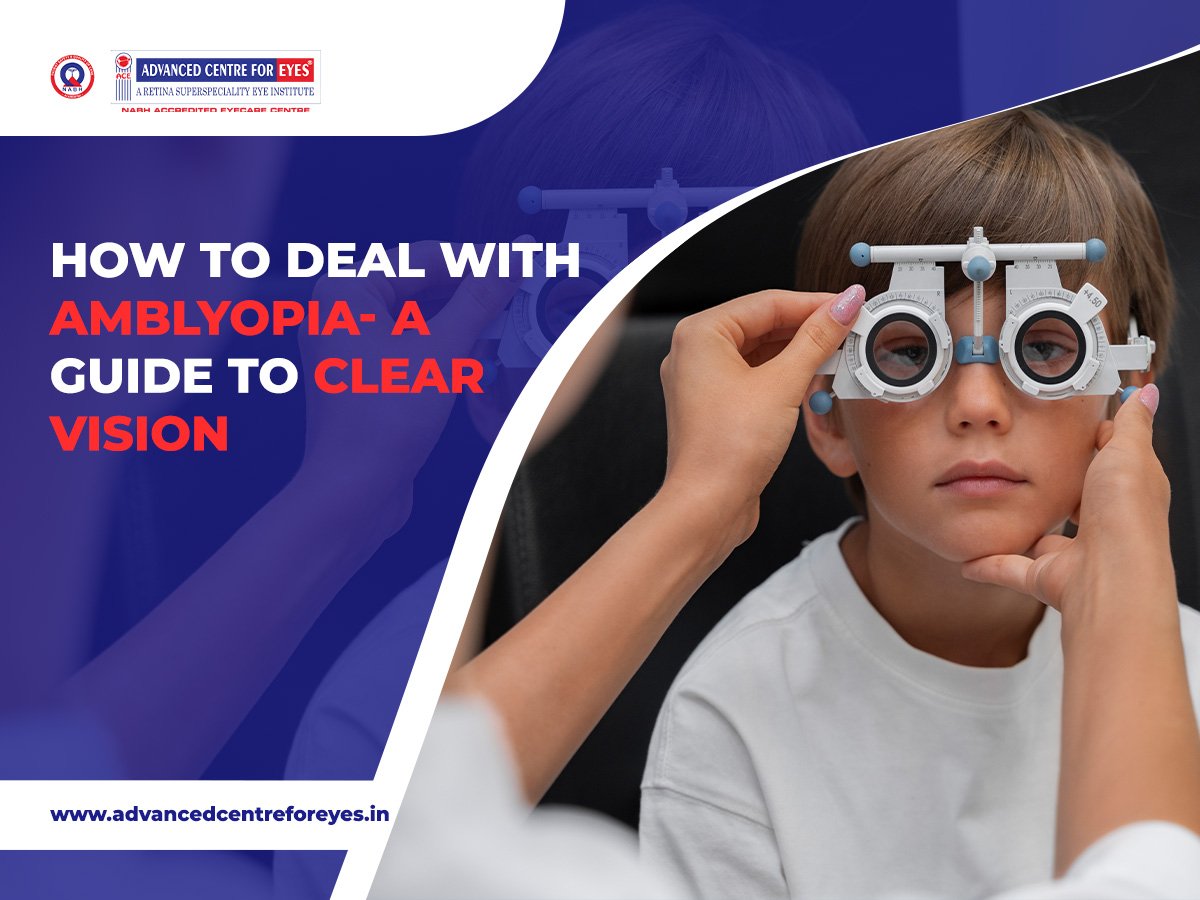Investigations : FFA, OCT, Ultrasound, Perimetry, IOL Master
- Home
- Investigations : FFA, OCT, Ultrasound, Perimetry, IOL Master
Investigations : FFA, OCT, Ultrasound, Perimetry, IOL Master
In the field of ophthalmology, various investigative tools are used to evaluate and diagnose eye conditions accurately. These tools provide valuable insights into the structure, function, and overall health of the eye.
FFA (Fundus Fluorescein Angiography):
FFA is a diagnostic tool that involves injecting a fluorescent dye into the bloodstream to visualize the blood vessels in the retina. Advantages of FFA include:
- Visualization of Retinal Blood Flow: FFA helps ophthalmologists assess the blood flow and identify any abnormalities or blockages in the retinal blood vessels.
- Detection of Retinal Disorders: FFA is particularly useful in diagnosing conditions such as diabetic retinopathy, retinal vein occlusion, and age-related macular degeneration (AMD).
- Treatment Guidance: FFA can guide treatment decisions, such as the need for laser therapy or intravitreal injections, by identifying areas of leakage or abnormal blood vessel growth.
OCT (Optical Coherence Tomography):
OCT is a non-invasive imaging technique that uses light waves to create cross-sectional images of the retina and other ocular structures. Advantages of OCT include:
- Detailed Structural Analysis: OCT provides high-resolution images, allowing ophthalmologists to assess the thickness, integrity, and morphology of various retinal layers.
- Early Detection: OCT can detect subtle changes in the retina, enabling early diagnosis of conditions like glaucoma, macular degeneration, and diabetic macular edema.
- Treatment Monitoring: OCT is valuable in monitoring the response to treatment, tracking disease progression, and evaluating the effectiveness of interventions like anti-VEGF injections or laser therapy.
Ultrasound:
Ultrasound imaging uses sound waves to create images of the eye’s internal structures. Advantages of ultrasound include:
- Evaluation of Posterior Segment: Ultrasound is particularly useful when the view of the posterior segment is obscured due to corneal opacity, vitreous hemorrhage, or cataract.
- Identification of Tumors or Lesions: Ultrasound can help detect intraocular tumors or other lesions, aiding in the diagnosis and treatment planning.
- Real-Time Imaging: Ultrasound allows for real-time imaging, providing dynamic information about the movement of structures within the eye.
Perimetry:
Perimetry, also known as visual field testing, assesses the sensitivity and extent of a person’s visual field. Advantages of perimetry include:
- Detection of Visual Field Loss: Perimetry helps diagnose and monitor conditions such as glaucoma, optic nerve disorders, and neurological conditions affecting the visual pathway.
- Treatment Planning: By mapping the areas of visual field loss, perimetry assists in determining the optimal management strategy and monitoring the effectiveness of treatment interventions.
IOL Master:
The IOL Master is a device used for precise measurement of the eye’s dimensions, aiding in the selection of intraocular lenses for cataract surgery. Advantages of the IOL Master include:
- Accurate Biometry: The IOL Master provides highly accurate measurements of axial length, corneal curvature, and anterior chamber depth, crucial for selecting the appropriate intraocular lens power.
- Enhanced Surgical Planning: With precise measurements, the IOL Master helps ophthalmologists plan the surgical procedure and achieve optimal visual outcomes for patients undergoing cataract surgery.





